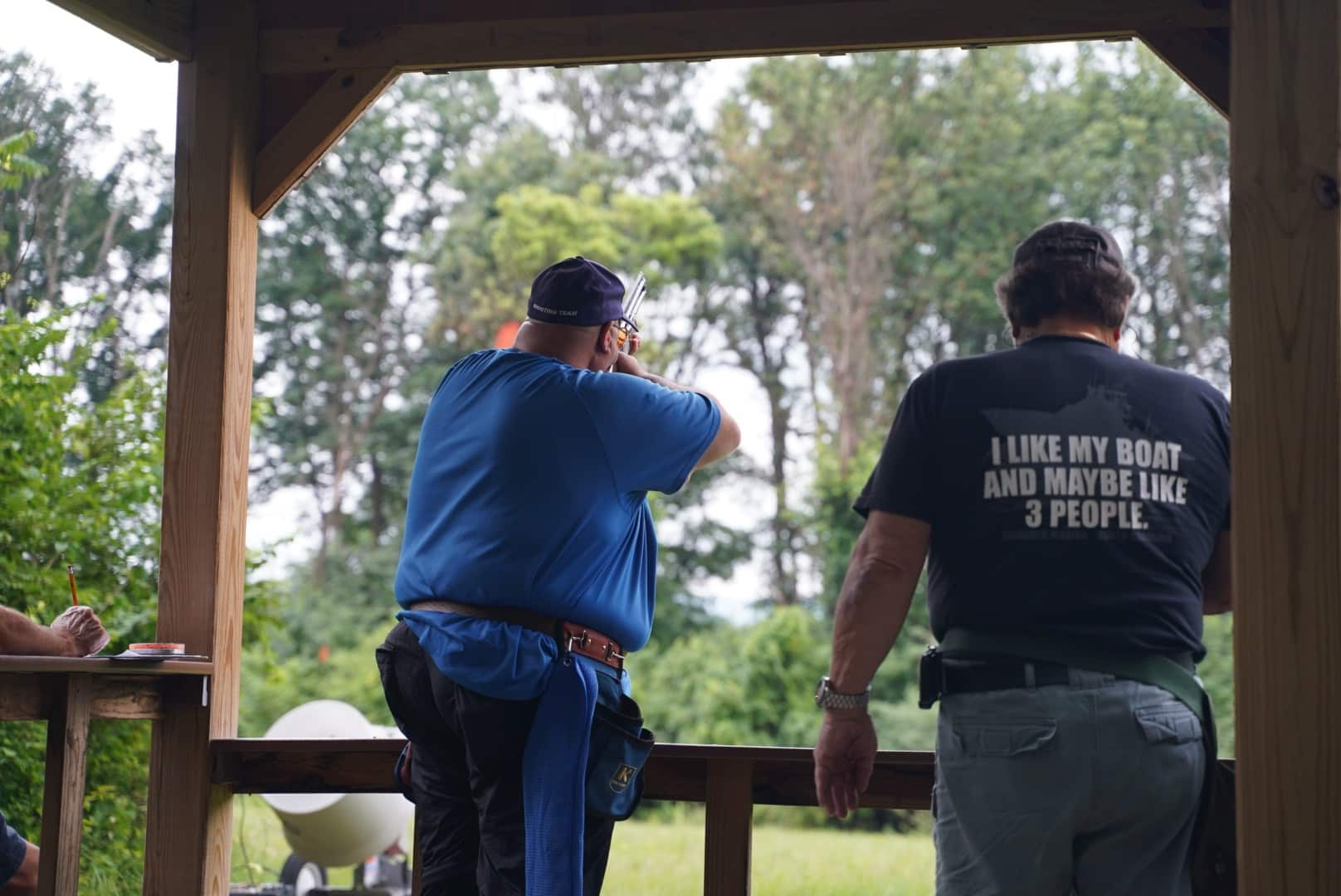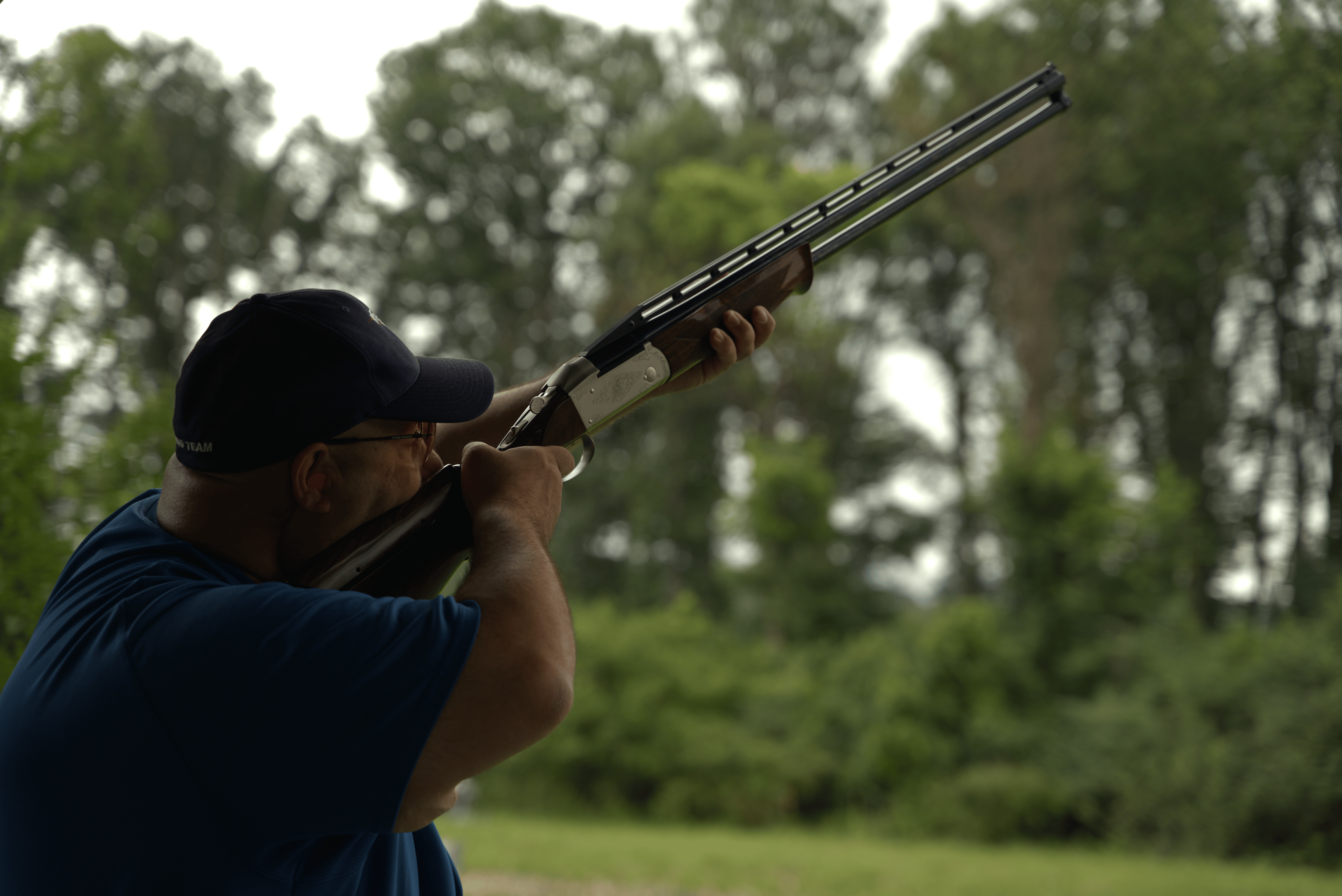
Many new shooters feel overwhelmed when choosing their first clay target sport at the shooting range. Skeet, sporting clays, and 5-stand each offer unique challenges and different target presentations that test marksmanship skills.
This guide breaks down the key differences between these three shotgun sports to help beginners pick the right starting point for their clay target shooting journey. The perfect choice might surprise you.
Understanding the Basics of Each Sport
Each of these shooting sports offers a unique approach to clay target shooting, and understanding their differences helps newcomers choose the right starting point. The three main disciplines vary in their setup, target patterns, and skill requirements, making some more beginner-friendly than others.
Skeet Shooting
Skeet shooting represents one of the most traditional forms of clay target shooting. This sport uses two trap houses positioned at opposite ends of a semicircular field. Shooters move through eight different stations, calling “pull” to release clay targets that fly in predictable patterns.
The targets cross at a specific point, creating consistent angles that help beginners develop proper shooting techniques. Most skeet ranges follow standard rules established by the National Skeet Shooting Association, making this sport highly regulated and uniform across different shooting ranges.
Beginners often find skeet shooting easier to master because the clay targets follow the same flight paths every time. The predictable nature of this shooting sport allows new shooters to focus on their aiming techniques and gun handling without worrying about surprise angles.
This shotgun sport builds confidence quickly, as shooters can track their improvement through consistent target practice and competition shooting opportunities.
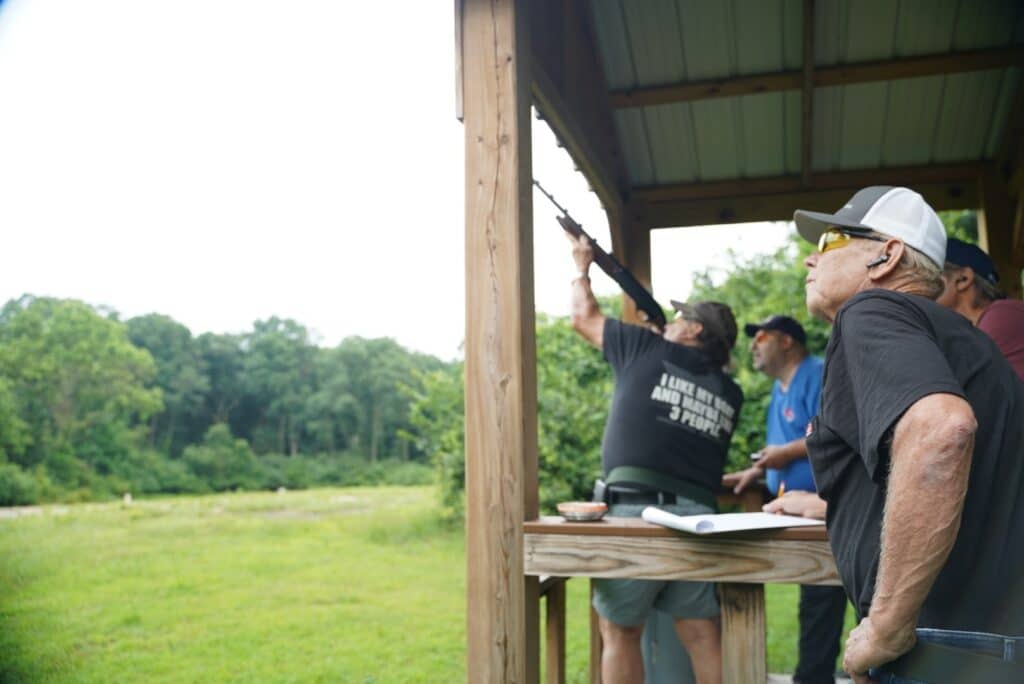
Sporting Clays
Sporting clays offers the most realistic hunting simulation among all clay target shooting sports. This discipline presents targets that mimic the flight patterns of various game birds, including rabbits, doves, and pheasants.
Shooters move through different stations across wooded terrain or open fields, encountering targets that fly at diverse angles, speeds, and distances. Each station presents unique challenges that test marksmanship skills and adaptability.
Sporting clays courses typically feature 10 to 15 stations, with shooters firing at two targets per station using their shotgun. The targets vary significantly in presentation, from fast-crossing clays to slow-floating ones that drop suddenly.
Participants often walk several miles during a complete round, making this shooting sport an excellent outdoor activity that combines physical exercise with target practice.
Five-Stand
Five-Stand shooting combines elements from trap shooting and sporting clays into one compact station. Shooters move through five different positions, each offering unique target presentations that simulate various hunting scenarios.
This shotgun sport presents clay targets from multiple trap machines positioned at different angles and heights around the shooting area. Each shooter fires at specific targets from each station, creating a structured yet varied shooting experience.
Shooting ranges appreciate this format because it accommodates multiple shooters efficiently while requiring less space than full sporting clays courses. The predictable nature of five-stand makes it ideal for competitive shooting events and skill development programs at trap ranges nationwide.
Comparing the Three: Which Is Best for Beginners?
Choosing the right clay shooting sport can make or break a beginner’s first experience at the range. Each discipline offers unique challenges and rewards that appeal to different types of shooters.
Ease of Learning
Skeet shooting offers the most predictable learning curve for newcomers to clay target shooting. The targets follow fixed flight paths from two houses, making it easier for beginners to develop consistent aiming techniques and shooting fundamentals.
New shooters can quickly understand the target presentations and focus on perfecting their marksmanship skills without dealing with unpredictable angles.
Sporting clays presents the steepest learning challenge among the three shotgun sports. Courses simulate real bird hunting scenarios with targets flying at various speeds, angles, and distances from multiple trap locations.
Five-stand falls somewhere in the middle, offering more variety than skeet but maintaining a structured format that helps beginners build confidence. The rotating station system in five-stand allows shooters to experience different target presentations while staying in one general area, making it less overwhelming than a full sporting clays course.
Time and Cost
Learning curves matter, but your wallet and schedule play equally important roles in choosing your first clay target shooting sport. Skeet shooting typically costs the least per round since most shooting ranges offer standard pricing for this classic discipline.
A typical skeet session runs about $8-12 for 25 targets, making it budget-friendly for beginners who want regular target practice. Sessions usually last 30-45 minutes, perfect for shooters with limited time.
Sporting clays demands more investment but delivers greater variety in return. Courses generally charge more because they maintain diverse trap setups across larger properties. Each round takes 60-90 minutes as shooters move between different stations on the course.
Five-stand falls between the other two options, costing somewhere in between, lasting about 45 minutes.
Fun Factor and Variety
Skeet shooting offers consistent patterns and predictable angles that help new shooters build confidence quickly.
Sporting clays provides the most variety among clay target shooting sports, with different stations mimicking real hunting scenarios like crossing rabbits, high towers, and springing teal.
Five-stand combines elements from both worlds, offering more variety than skeet while maintaining a structured format that keeps beginners from feeling overwhelmed at the shooting range.
Sporting clays takes the crown for pure entertainment value because each station presents unique challenges that test different shooting techniques and marksmanship skills. Skeet maintains its appeal through the satisfaction of mastering precise timing and consistent target practice routines.
Five-stand strikes a perfect balance by rotating shooters through multiple trap machines, creating enough variety to stay interesting while allowing participants to focus on improving their shotgun sports fundamentals without the complexity of a full sporting clays course.
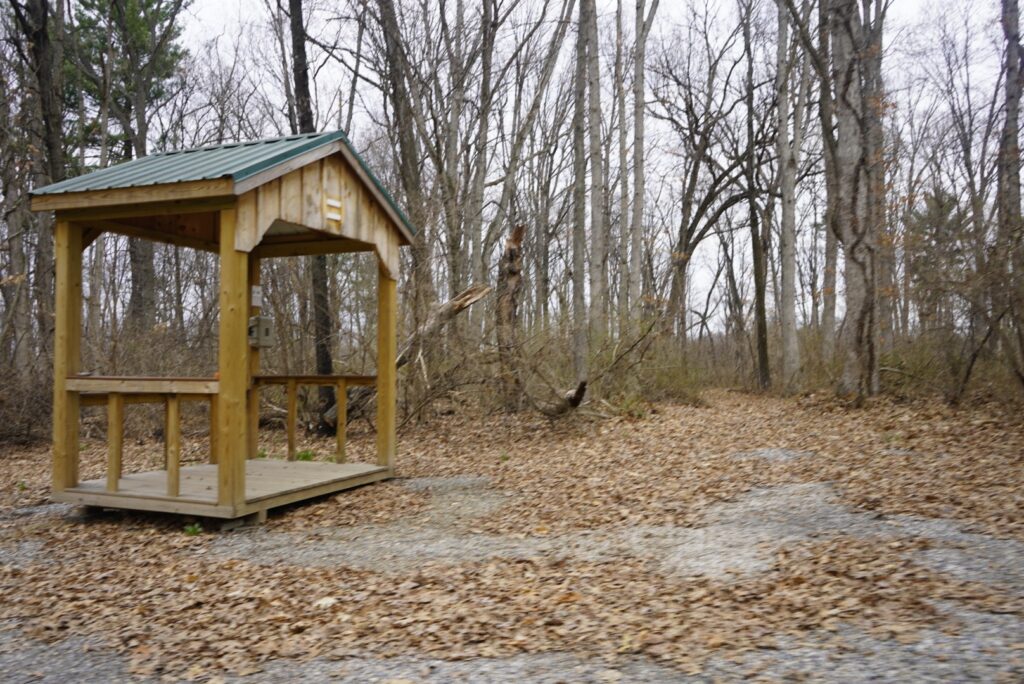
Why Wing Pointe Is the Perfect Place to Start
Wing Pointe offers all three clay shooting disciplines—skeet, sporting clays, and five-stand—so beginners can try each style in one convenient location. This unique setup allows new shooters to experiment with different target presentations, find the sport that best matches their skill level and interests, and progress at their own pace.
Whether you’re looking for the predictable patterns of skeet, the realistic hunting challenges of sporting clays, or the balanced variety of five-stand, Wing Pointe provides the perfect environment to learn, practice, and have fun—all with experienced staff and a welcoming atmosphere.
Conclusion
In the end, the best clay target sport for beginners depends on your goals, budget, and appetite for variety—but the real win comes from getting out on the range and giving them a try.
At Wing Pointe, you don’t have to choose just one. With skeet, sporting clays, and five-stand all in one place, you can explore each discipline, discover what excites you most, and build your skills in a supportive, scenic setting.
Whether you leave as a dedicated skeet shooter, a sporting clays enthusiast, or a five-stand fan, you’ll walk away with improved marksmanship, newfound confidence, and a deeper love for the sport.
Recent Posts

The Reopening of Keystone Clays as Wing Pointe Sporting Clays
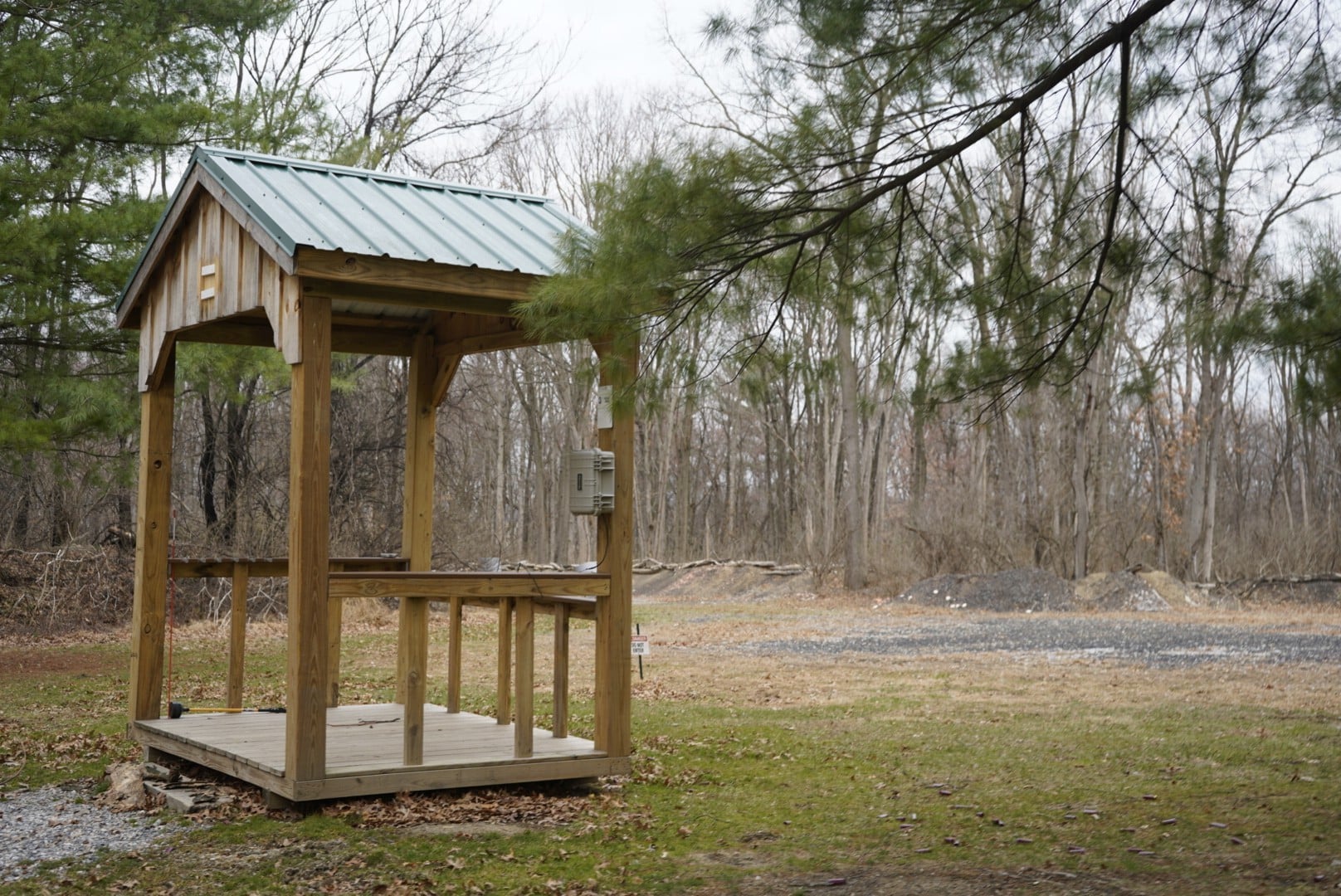
How to Prepare for Your First Time Shooting Clays
